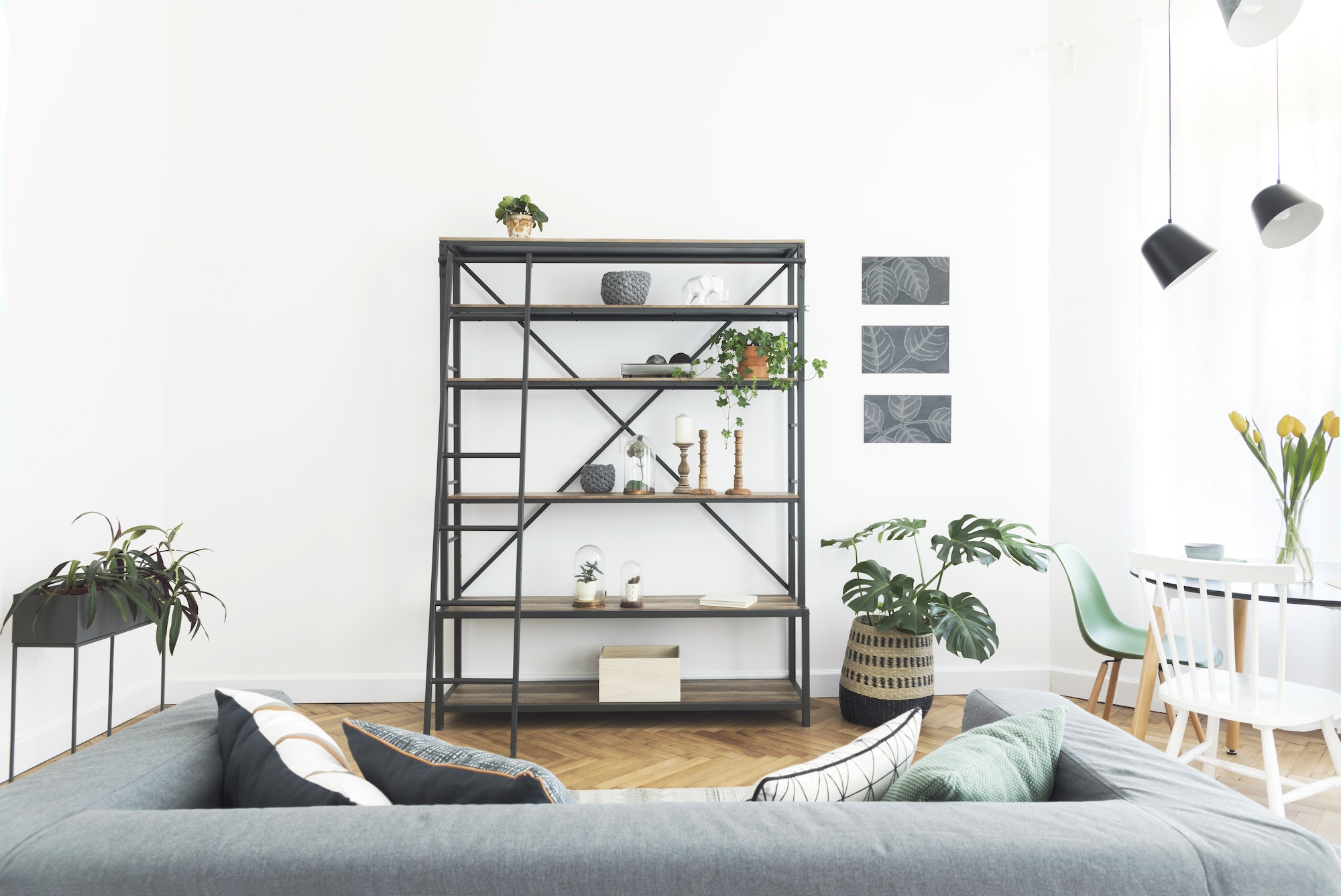Key Takeaways
- Choosing contrasting colors can enhance visual appeal in your space.
- Using geometric shapes brings a modern feel to traditional design.
- Paint techniques can create depth and texture in your room.
- The right lighting can profoundly affect how colors are perceived.
- Playful color blocking can be achieved on various surfaces beyond walls.
In the world of home improvement, blocking colors like a puzzle isn’t just for childhood games or rainy afternoons; it has emerged as a vibrant trend in interior design. Imagine stepping into a room that feels like a creative canvas, where every hue echoes your personality, and the only thing to ‘block’ is your inner artist’s reservations!
Moving on, if you’ve ever thought your walls were looking a bit drab or lifeless, hold onto your paintbrush! We’re diving into five playful ideas to block colors that will make your home feel fresh, funky, and fabulously modern—all while keeping you entertained. Just paint and let your imagination run wild!
Embrace the Color Wheel
When picking colors, it’s vital to remember that opposites attract! Using contrasting colors like vibrant teal with zesty orange can create that eye-popping aesthetic you’re after. Just think of how the Syracuse Orange and the Miami Hurricanes clash in college football—yikes, but also, wow!
Research reveals that using contrasting colors can boost mood and cognitive function! A study by the University of Zurich indicated that vibrant color combinations improve creativity by up to 30% (Journal of Environmental Psychology, 2021). Now, if a little splash of cerulean blue can elevate your creative processes, imagine what a whole room could do!
Color Combinations Beneficial for Mood and Creativity
| Color Pair | Psychological Effect |
|---|---|
| Blue & Orange | Stimulating & Energetic |
| Yellow & Purple | Cheerful & Creative |
| Green & Pink | Refreshing & Playful |
| Black & White | Chic & Timeless |
| Teal & Coral | Invigorating & Modern |
Geometric Shapes: Fitting Together Like a Puzzle Piece
Would Picasso still be Picasso if he had limited himself to straight lines? We think not! Creating geometric patterns in your color blocking can add depth and interest. Playing with triangles, rectangles, and circles allows for movements in a room that are both visual and tactile. The idea is to replicate that feeling of piecing together a jigsaw puzzle—but, you know, in a less frustrating way!
Use painter’s tape to achieve sharp edges and create playful patterns. Be bold! Go for varying sizes of shapes, or even a feature wall that appears to pop out at you like a 3D puzzle. Who said walls can’t have a sense of humor?
Create Texture with Paint Techniques
Why settle for flat paint when you can go for faux finishes that add personality and depth? Techniques such as ombre, sponging, or marbleizing can transform a standard paint job into something worthy of a high-end design magazine. Want the feel of a rustic barn? Or the elegance of Italian marble? It’s all at your fingertips—you just need to wield that paintbrush with flair!
And don’t forget—texture isn’t just visual; it’s sensorial. Now, who wouldn’t want to have a wall that makes them feel sophisticated while sipping coffee on a rainy afternoon?
Light it Up!
Colors can look remarkably different depending on the lighting. You know how your kitchen seems to glow like a magical land at sunset? Yep, that’s light! Depending on your lighting choices—warm, cool, direct, or indirect—your chosen color combinations may shift from serene to striking. Track down the best lights that will accentuate your color scheme and set the mood you desire.
Lighting Effects on Color Perception
| Light Type | Color Perception Effect |
|---|---|
| Warm Light | Softens colors, creates a cozy vibe |
| Cool Light | Makes colors stand out, feels modern |
| Natural Light | True colors appear as intended |
| Dim Light | Darkens colors, adds drama |
| LED vs. Incandescent | LED highlights colors, incandescents warm them |
Beyond The Walls: Furniture and Accessories
Let’s not forget that color blocking can extend far beyond your regular wall paint! Why not bring the blocks onto your furniture? Painting your chairs, tables, or shelves in playful blocks of color not only adds vibrancy but exhibits your unique style. Pair mismatched furniture in bold colors to create an eye-catching statement. Just be sure to keep a sense of balance; a hot pink ottoman might clash with your subtle jade green coffee table—unless that’s your intention, in which case, flamboyance on!
So there you have it! Color blocking can take your home from muggy to magnificent faster than you can say “I need a color wheel!" And if nothing else, at least your walls will appreciate the makeover!
FAQs
| Question | Answer |
|---|---|
| What is color blocking? | Color blocking is a design technique that uses contrasting colors in geometric patterns to enhance a space’s visual appeal. |
| Can I use color blocking in small spaces? | Absolutely! Light colors can make small spaces feel larger, while blocks can create focal points. |
| What materials can I use for color blocking? | Besides paint, try colorful fabrics, wallpaper, or decorative panels to achieve a fun blocked look! |
Coloring outside the lines has never been so chic! So gear up, grab your paintbrushes, and give your home the colorful refresh it deserves. After all, life is too short for boring walls! Why not turn your living space into a vibrant puzzle that reflects your personality while keeping you entertained? Now that’s a design philosophy worth celebrating!
Discover more from Futurist Architecture
Subscribe to get the latest posts sent to your email.
![modern apartment [article_title]](https://www.futuristarchitecture.com/wp-content/uploads/2025/03/5-Playful-Ideas-to-Block-Colors-Like-a-Puzzle.jpg)


